
In a remarkable show of commitment to inclusivity and social impact, Qatar Airways has taken Autism Awareness Month to new heights this year by deepening its long-standing partnership with the Shafallah Centre for Persons with Disabilities.
The airline launched a powerful campaign in April aimed at honoring neurodivergent individuals, particularly those with autism, through a series of meaningful, awareness-driven, and practical initiatives designed to make air travel more accessible and empowering.
Among the standout features was the unveiling of limited-edition amenity kits in both Economy and Premium Cabins, adorned with artwork created by autistic artists from the Shafallah Centre. These unique kits not only served a functional purpose but also gave global exposure to the creative talents of individuals on the autism spectrum, turning every journey into a platform for advocacy and appreciation.
In a visual display of solidarity, Qatar Airways’ headquarters glowed blue throughout April, reflecting the internationally recognized color for autism awareness. This luminous tribute served as a symbolic beacon of the airline’s ongoing commitment to supporting the autism community.
The airline’s efforts extended beyond symbolism into direct action. Qatar Airways hosted a dedicated autism awareness event at Hamad International Airport, where employees received hands-on training about the airline’s specially designed sensory lounge. This tranquil space offers passengers with autism a quiet, interactive area to decompress—showcasing a deeper understanding of the sensory sensitivities that can accompany travel.
A signature initiative, the Muzn Lounge—located between gates C7 and C9 at Hamad International Airport—was further promoted throughout April. Open to passengers using the special assistance code “DPNA” during booking or check-in, the lounge provides neurodivergent travelers with a seamless and soothing airport experience.
Qatar Airways also underscored the value of education by organizing staff seminars focused on creating a compassionate and informed travel environment for passengers with autism. This training ensures that the commitment to inclusivity is woven into every touchpoint of the passenger journey.
On the community front, the airline arranged for its cabin crew to visit the Shafallah Centre, where they engaged with individuals on the autism spectrum through gifts, conversations, and a shared celebration—underscoring the airline’s heartfelt connection to the cause.
The collaboration with the Shafallah Centre spans over a decade and is a core part of the airline’s corporate social responsibility framework. Through its in-house Shafallah Department, Qatar Airways employs more than 55 individuals with autism and mental disabilities, integrating them into meaningful roles within the company. These employees also support the airline’s sustainability mission by recycling up to 1,000 Premium Cabin amenity kits daily—highlighting a fusion of environmental and social responsibility.
"At Qatar Airways, inclusivity isn’t a campaign—it’s a core value," said an airline spokesperson. "Our efforts during Autism Awareness Month are a reflection of our broader mission to ensure every passenger feels respected, supported, and at ease."
As the airline continues to innovate in accessibility, its blueprint of blending awareness, action, and empathy is setting a new standard in the aviation industry—proving that the skies are friendliest when they’re open to everyone.

.jpg)
.jpg)
.jpg)
.jpg)


.jpg)
.jpg)
 (1).jpg)
.png)
.jpg)




.jpg)
.jpg)
.jpg)

.jpg)




.jpg)
.jpg)
.jpg)
.jpg)






.jpg)

.jpg)
.jpg)





 (1).jpg)
.jpg)
.jpg)
.png)

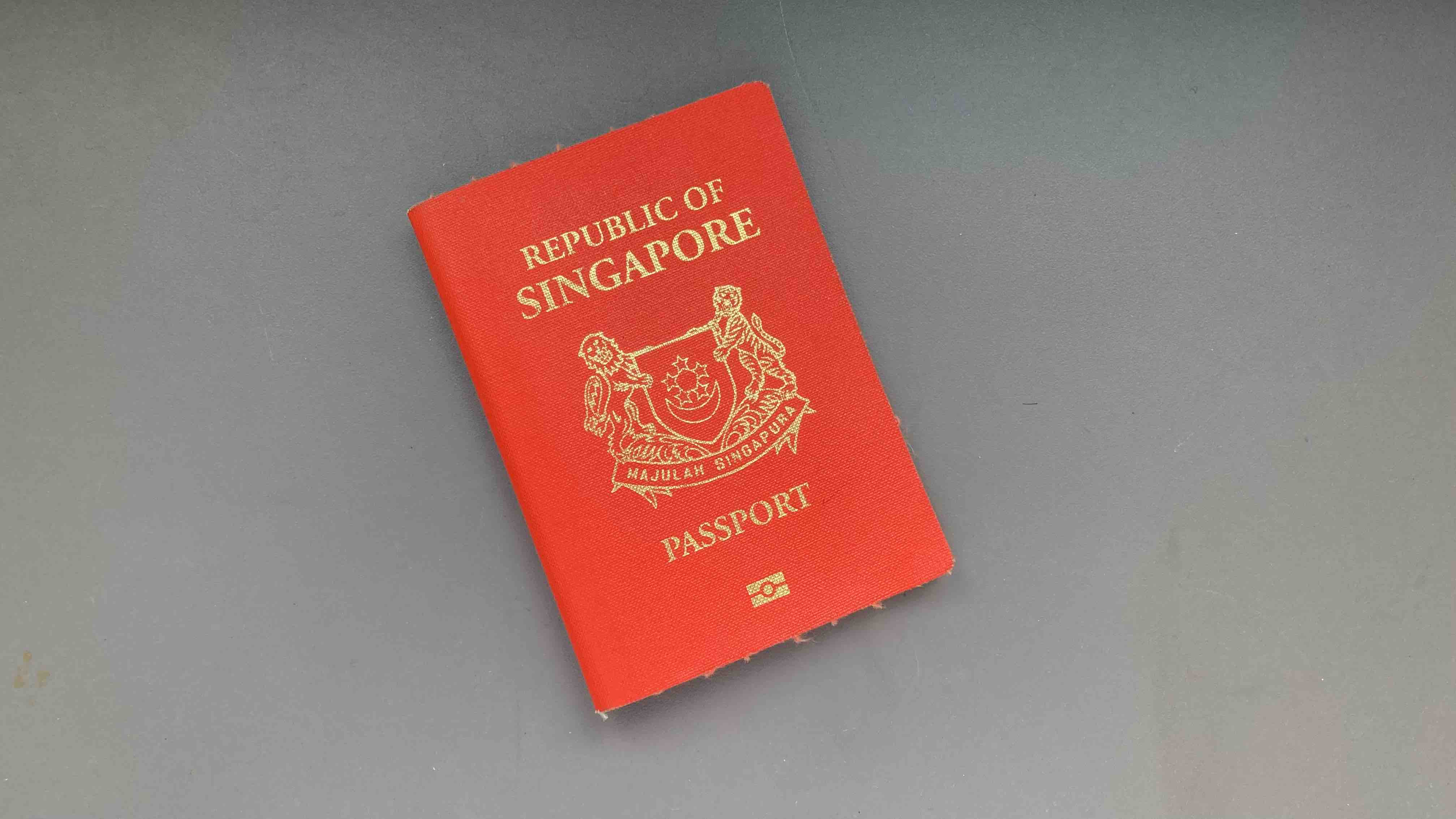
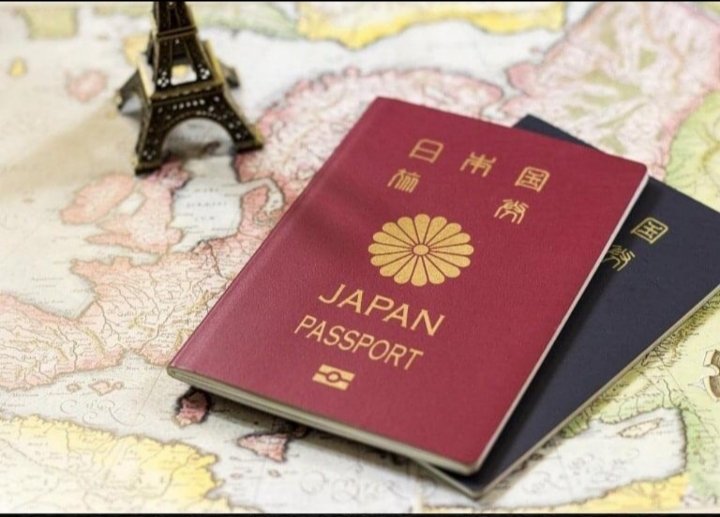

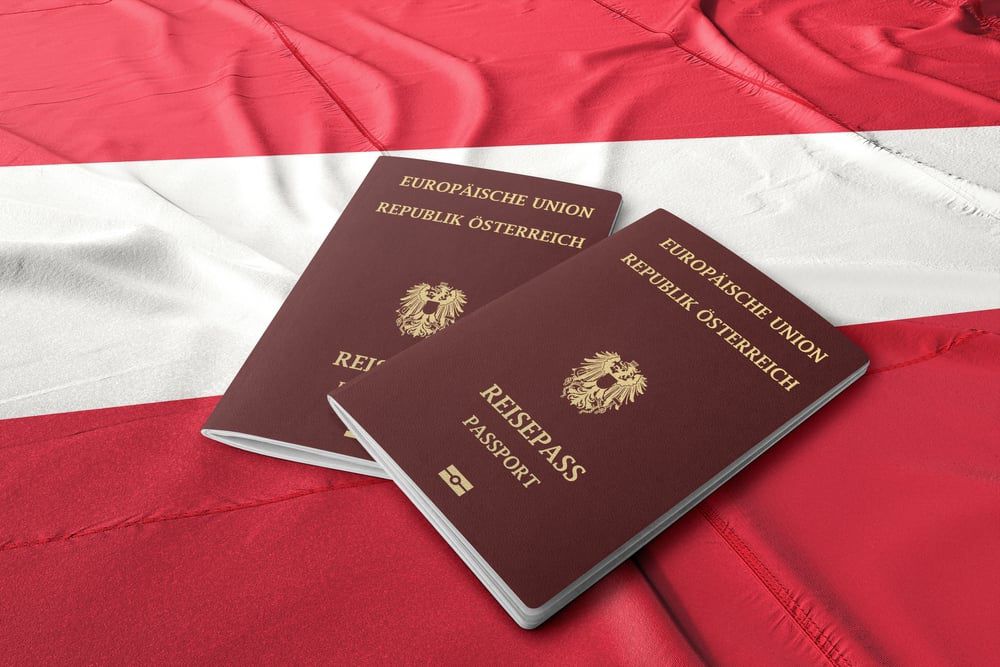

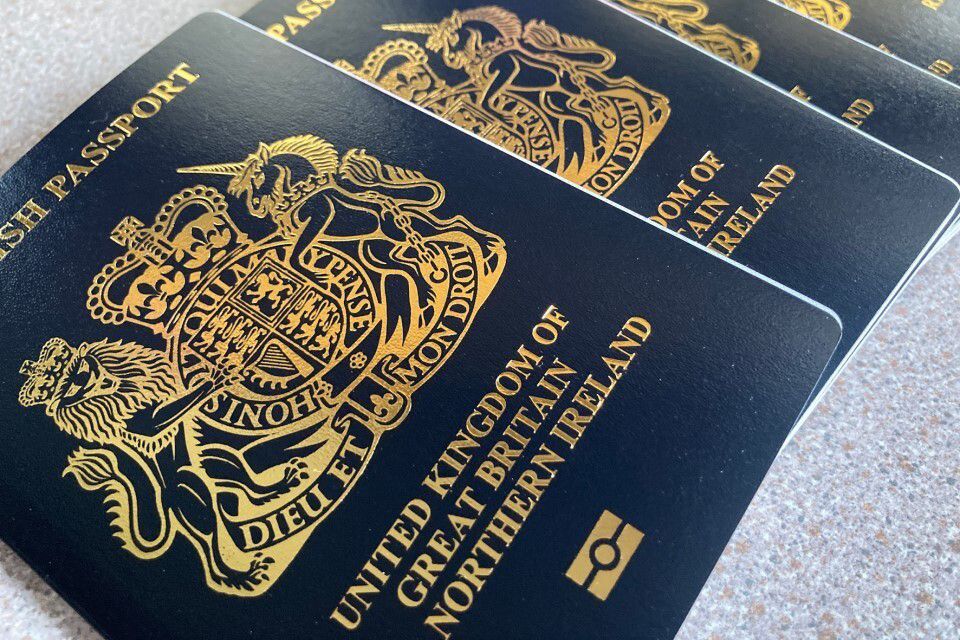
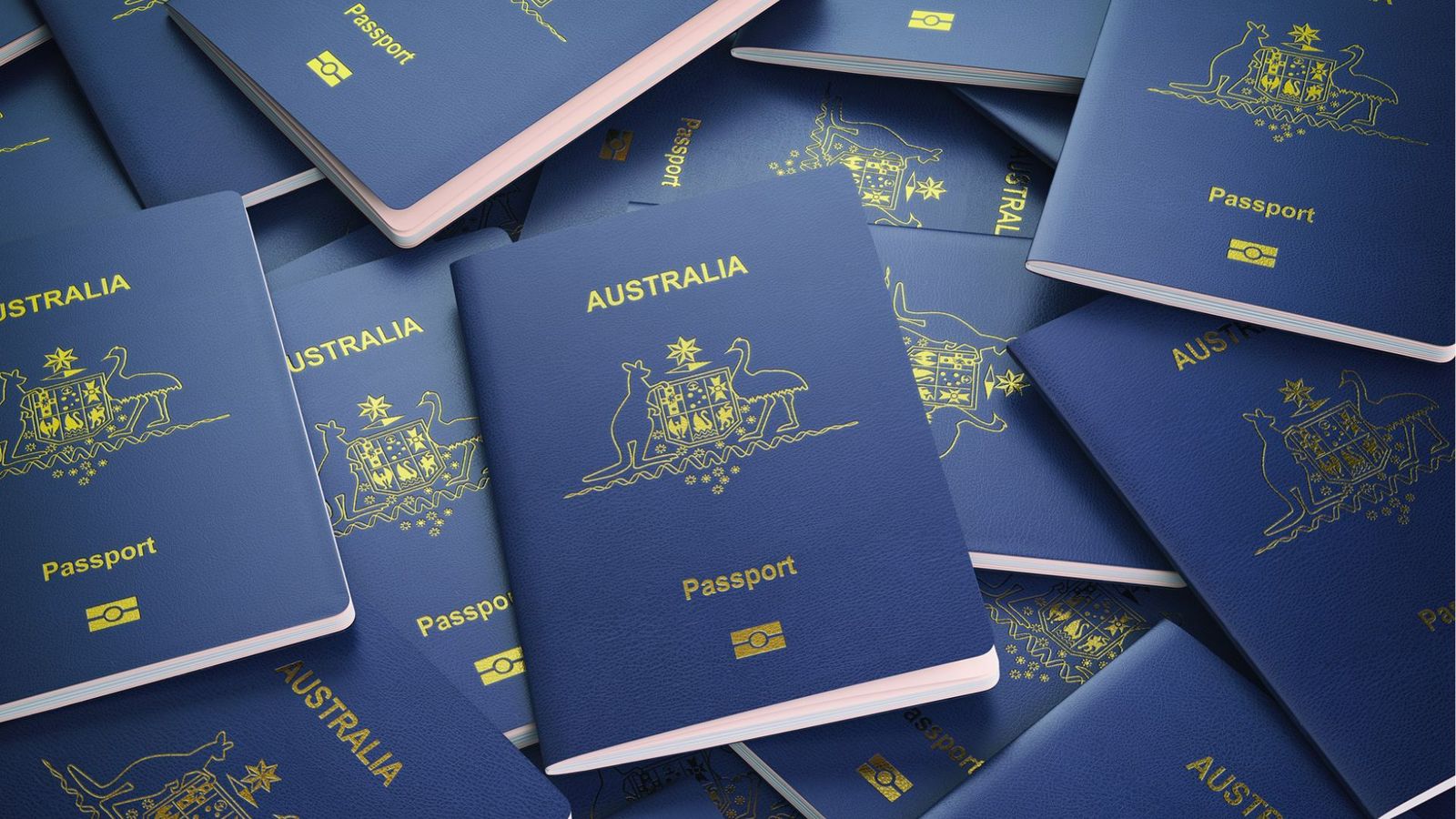
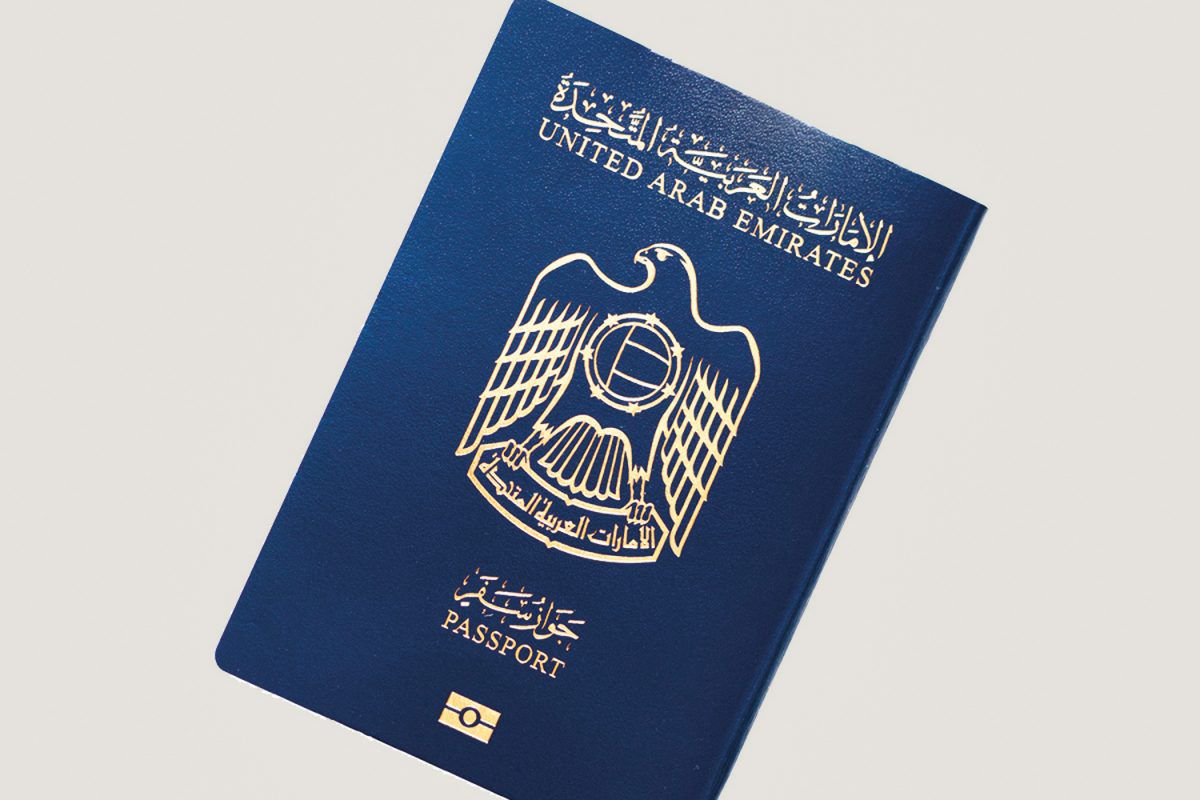

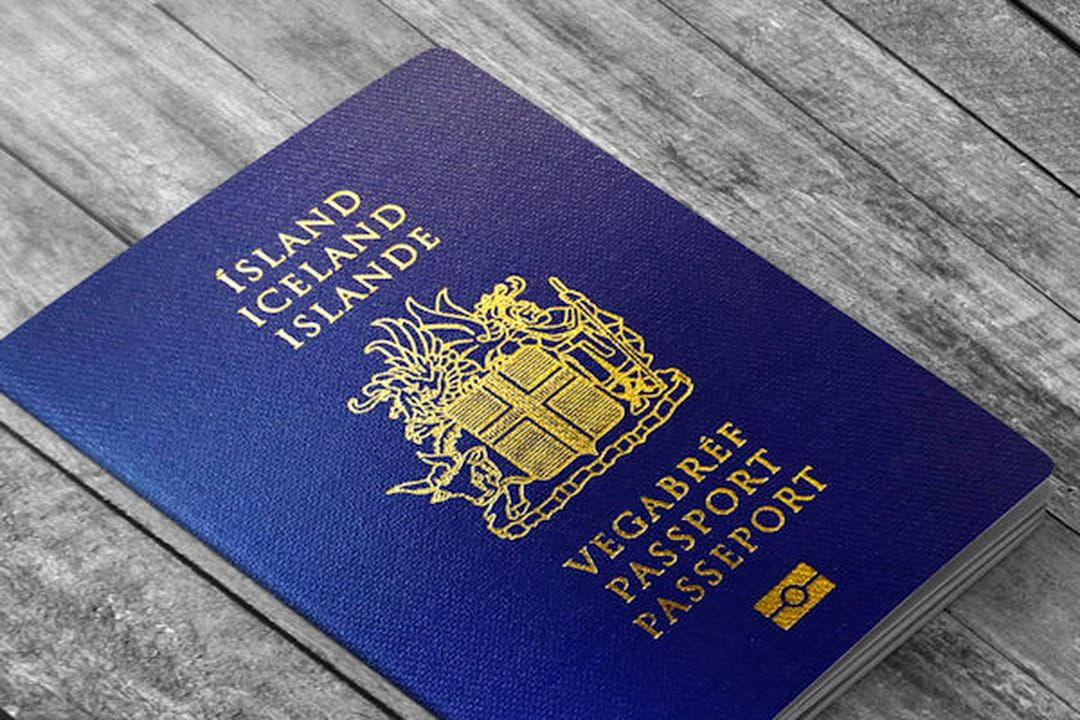




.jpg)
.jpg)
.jpg)